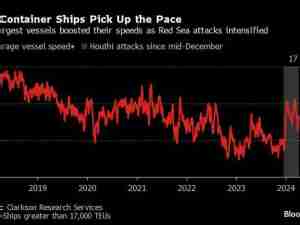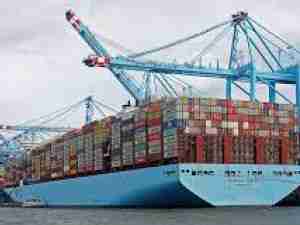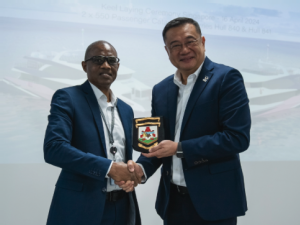Potential increased physical risks outlined together with suggested preventive measuresNew York, NY - The American P&I Club and its Managers, Shipowners Claims Bureau, Inc. (SCB), have issued a circular on August 30 to their Members for them to consider all implications for ships in northern hemisphere areas that may be subject to hurricanes, typhoons or cyclones.
Joe Hughes, Chairman and CEO of SCB, Inc. and Eagle Ocean Agencies, Inc., managers of the American Club and EOM respectively, commented:
“In view of the subject’s somewhat grim topicality given the impending arrival of Hurricane Dorian on the southeast coast of the United States, your Managers believe there is merit in repeating the contents of that Alert in relation both to Dorian in particular and to such weather conditions in general, since the peak season for hurricanes, typhoons and cyclones in the northern hemisphere occurs between July and October.”
Members were referred to the circular originally distributed on September 14, 2018, that alerted vessels trading in regions affected by extreme weather events to the possibility of being exposed to additional physical risks, including:
- Changes in currents and tides, particularly in rivers, occurring more rapidly and unpredictably than normal
- Increased loads on mooring lines
- Increased risk of contact with craft, debris and other objects which may have broken loose from moorings, or otherwise become present, in rivers and ports
- Increased risk of damage caused by storm surges
- Increased silting of berths creating reduced under-keel clearance
Given these risks, vessels’ masters have been advised to exercise elevated alertness, and be prepared to deploy preventive measures, including:
- Increasing the number of mooring lines deployed up river. If the leads from the vessel are suitable, additional breast lines should be used to keep the vessel against the berth
- Ensuring brake settings are correct, and ensuring that crew members monitor ropes during ebb tides, and when other vessels pass downstream
- Maintaining engines in a ready state to be used immediately if required
- Ensuring that cargo cranes are centerlined, two blocked and secured
- Ensuring that cargo ramps are stowed away from potential storm surges, and closely monitored
- Monitoring by vessel personnel of pier sides to obviate the possibility of the vessel causing damage to piers, and to check whether pier bollards are capable of handling the higher stresses on mooring lines
- Where possible, the taking of photographic evidence of the condition of a berth before and after storm periods
- Seeking advice from river and mooring pilots about any particular risk factors relevant to the characteristics of the berth to be used by the vessel, and the characteristics of local river transit
- Corresponding with local agents to provide details of last soundings at berths to give owners/managers/masters advance information on local conditions











